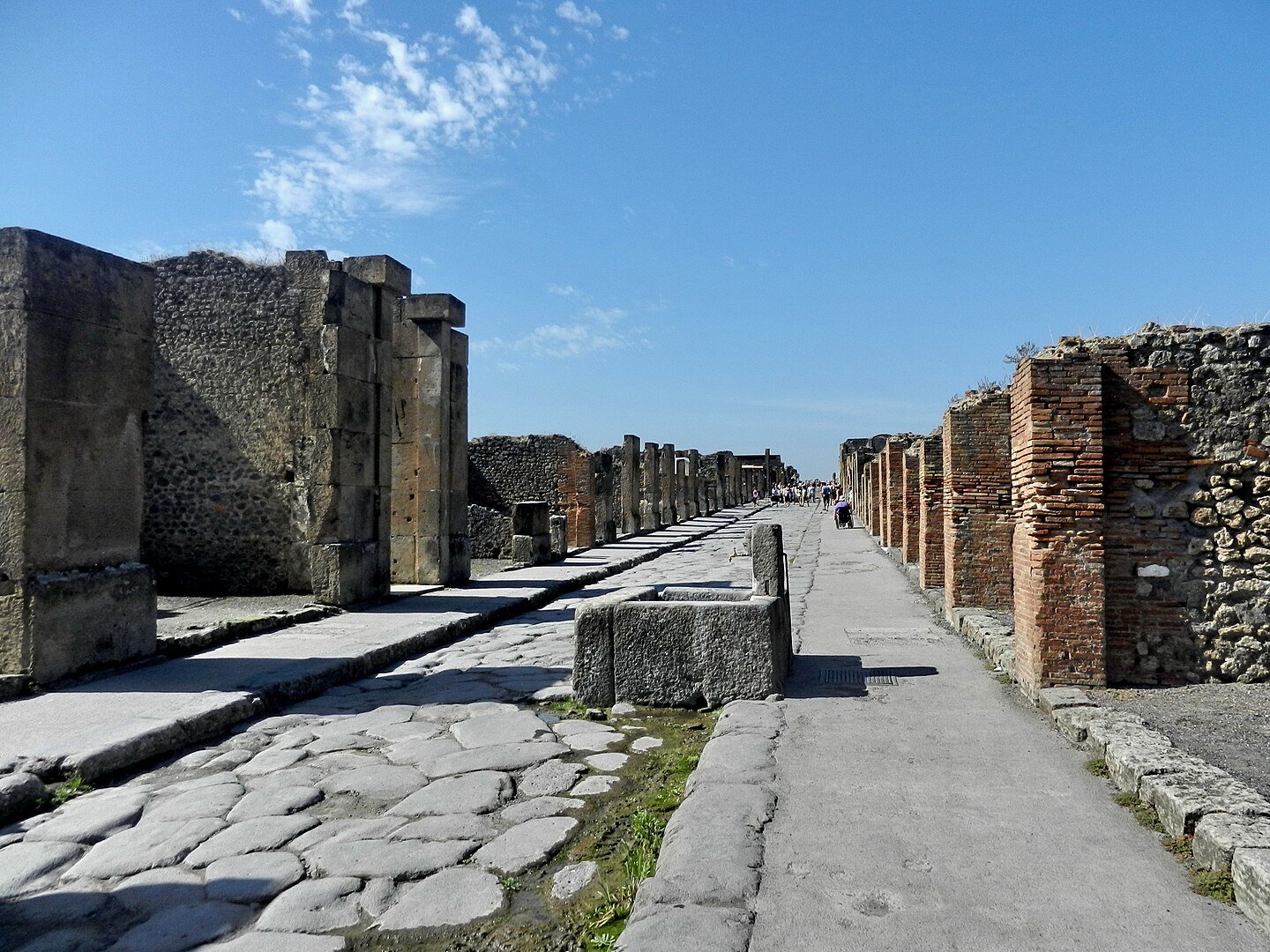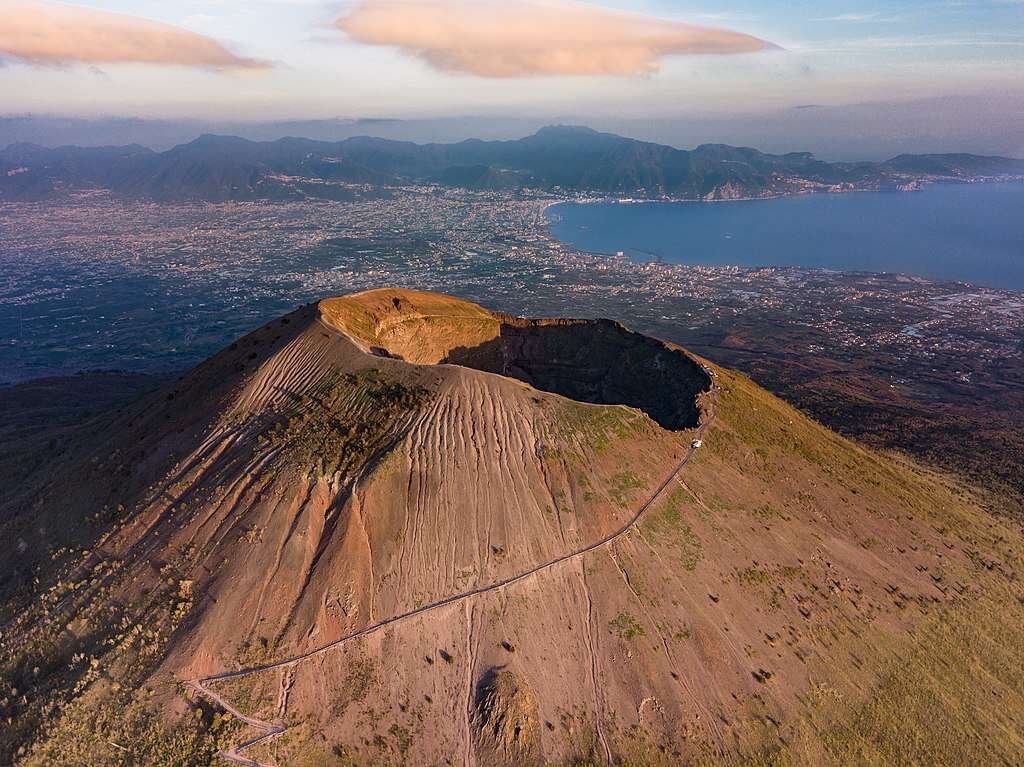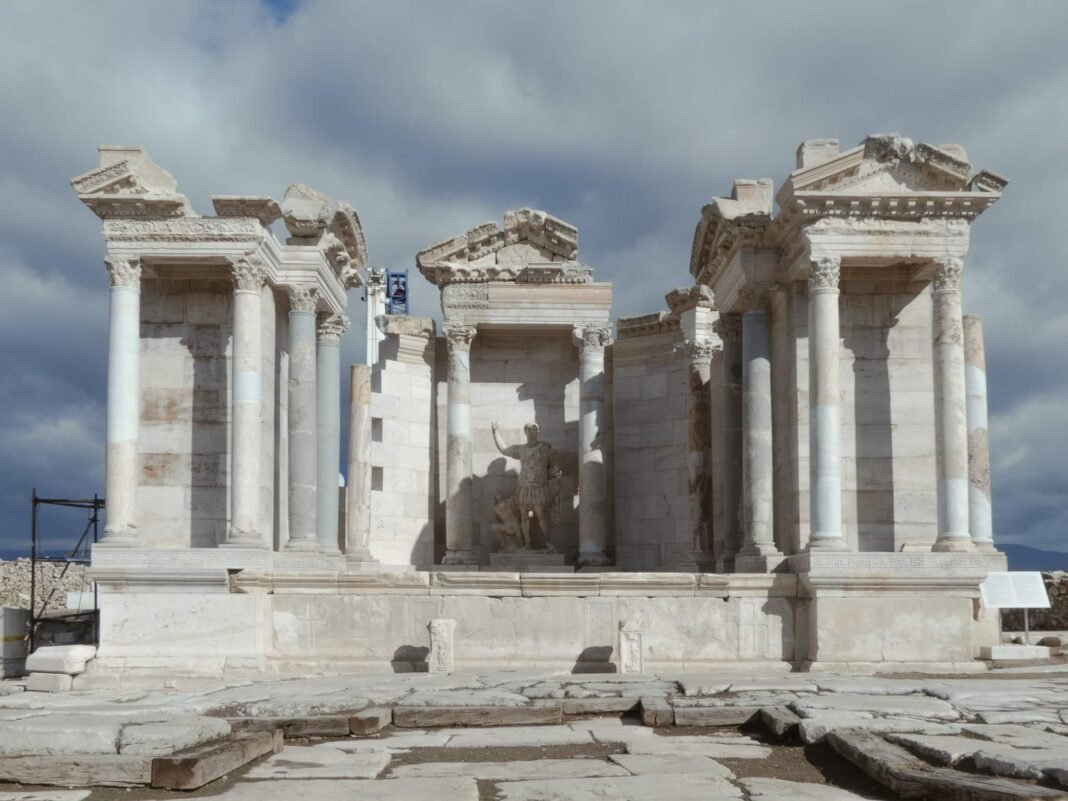
New excavations at Pompeii reveal that the city was reinhabited by survivors for centuries after the 79 CE Vesuvius eruption. The discovery, announced Wednesday by the Archaeological Park of Pompeii, challenges the long-standing belief that the city was permanently abandoned after the disaster.
Excavations uncovered signs of a makeshift settlement inside the city’s broken walls. Researchers say the site remained active until at least the fifth century CE, offering new insight into a long-overlooked chapter of the city’s history.
Survivors and scavengers formed a fragile community
Some of those who returned were likely former residents unable to rebuild their lives elsewhere. They were joined by newcomers seeking shelter or hoping to find valuables left behind by the city’s original population. Together, they formed an improvised community in the shadow of devastation.
The upper floors of damaged homes were reused for living, while the ash-buried ground levels became cellars equipped with ovens and grain mills. These informal dwellings lacked essential infrastructure.
There was no running water, sewage, or organized trade features once typical of Roman urban life. Many rooms filled with volcanic ash were repurposed as storage areas.

Archaeologists say traces of reoccupation were erased
Gabriel Zuchtriegel, director of the Pompeii Archaeological Park, described the reoccupied zone as a fragile settlement resembling a camp or favela. He called it a “precarious conglomerate” built among the still-visible ruins of the ancient city.
According to Zuchtriegel, previous excavations prioritized uncovering intact villas and frescoes, often removing subtle traces of the later occupation without documenting them; a practice that helped fuel the narrative of complete abandonment. The city’s monumentous destruction in 79 CE has monopolised the memory.
Daily life continued among ruins and dangers
Archaeological evidence indicates that residents constructed temporary shelters among the collapsed columns and faded murals. They searched through debris for jewelry, tools, and household goods, despite the risk of encountering decomposing remains.
Archaeologists have discovered new evidence pointing to the reoccupation of Pompeii after the 79 AD, eruption of Mount Vesuvius that left the city in ruins….
Despite the massive destruction suffered by Pompeii, an ancient Roman city home to more than 20,000 people before the… pic.twitter.com/JC03opKfdc
— Archaeo – Histories (@archeohistories) August 7, 2025
Pompeii had a population of around 20,000 before the eruption. An estimated 15 to 20 percent of its residents died, mostly from thermal shock, when a deadly cloud of hot gas and ash swept through the city. The volcanic debris then buried homes, buildings, and bodies, preserving them with extraordinary detail.
Archaeologists have uncovered the remains of roughly 1,300 victims since formal excavations began in 1748. One-third of the site’s 22-hectare (54.4-acre) area remains unexcavated.
Efforts to recover the city fell short
Historical records show that Emperor Titus dispatched two former consuls to oversee the recovery. Despite the intervention, the rebuilding effort stalled, and the city never returned to its former vitality.
A later eruption, known as the Pollena event, triggered Pompeii’s final abandonment. However, archaeological data confirm that the site remained occupied—if only partially—for centuries after the initial disaster.
A statement from the Archaeological Park said the returning population lived in poor and unstable conditions, without access to the services and systems of a functioning Roman city.
Discoveries may reshape public understanding
Rediscovered in the late 16th century, Pompeii has been slowly revealed over more than 300 years of excavation. Today, the UNESCO World Heritage Site ranks as Italy’s second most-visited tourist destination after the Colosseum. In 2024, it welcomed approximately 4.17 million visitors.
The latest discoveries may shift public focus from grand villas and preserved frescoes to modest rooftops, makeshift ovens, and patched staircases—reminders of survival, struggle, and the quiet persistence of those who returned.


